20 dramatic photos of the movement that came before the Civil Rights Act was signed 51 years ago today
The seeds of The Civil Rights Act were planted in the decade before it was signed into law. In 1954, the Supreme Court ruled unanimously that school segregation was unconstitutional in the landmark Brown v. Board of Education case.

Schools around the country slowly began to integrate. Here, African-American and white students share a classroom at Barnard School in Washington, D.C. in 1955.
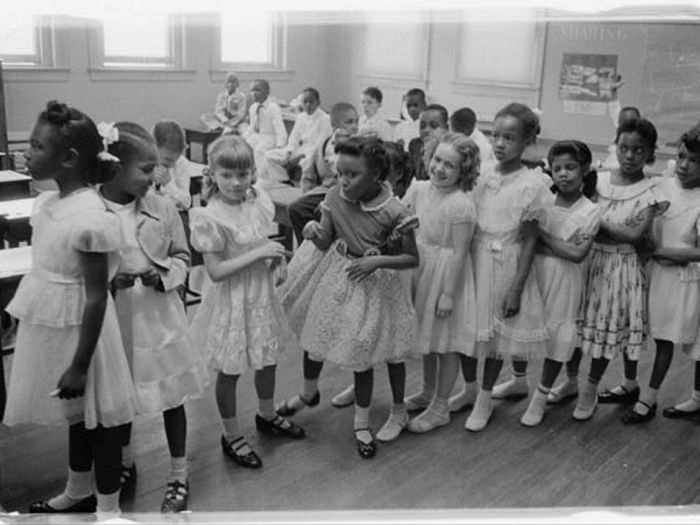
The SCOTUS ruling determined that "separate but equal" was unconstitutional for schools, but race-based discrimination still existed elsewhere. Rosa Parks was arrested in 1956 for failing to give up her seat on a Montgomery city bus.
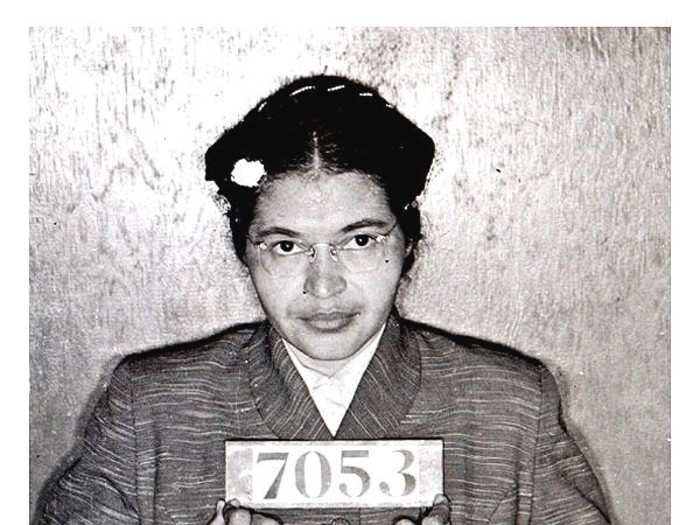
And in schools, desegregation was not always smooth. The "Little Rock Nine" were a group of nine black students who attempted to enter the racially segregated Little Rock Central High School in 1957. President Dwight. D. Eisenhower deployed federal troops to safely escort the students into the high school.
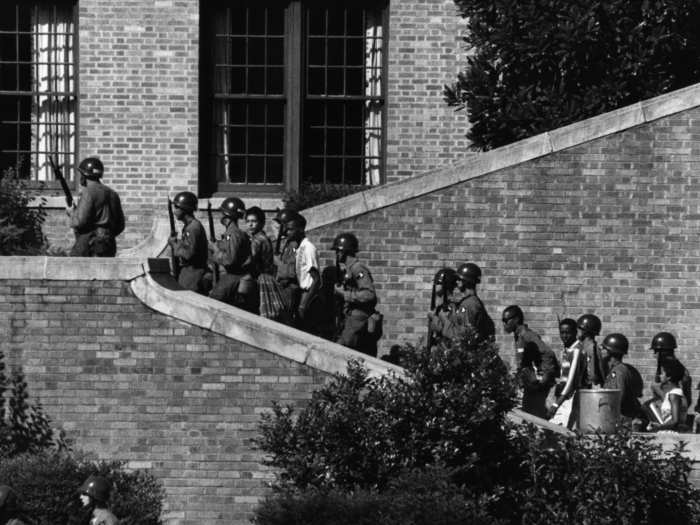
Members of the Little Rock, Arkansas community protested and tried to physically block the students from entering the school. Here, an unidentified while male punches an effigy of a black student.
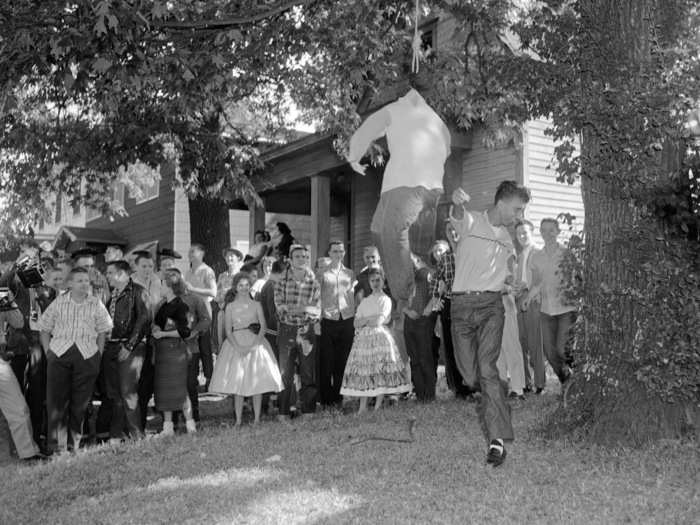
Elizabeth Eckford sustained jeers from the unwelcoming mob on the first day of school.
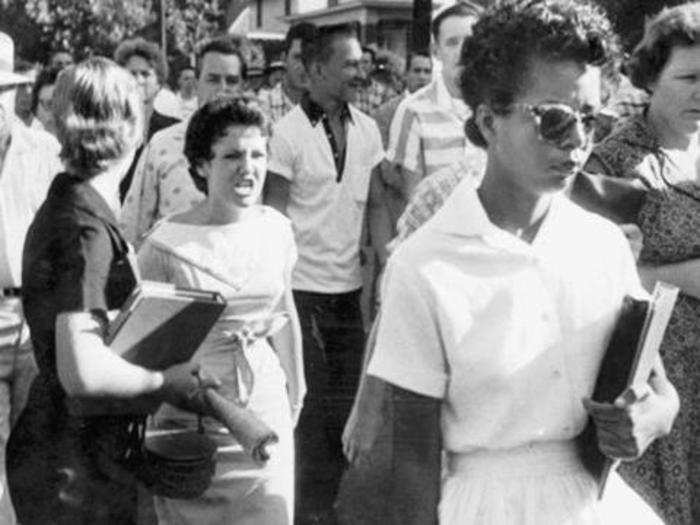
Tension hit a fever pitch in 1963 when nonviolent students protesting segregation were met with violence and arrests by the local Birmingham police.
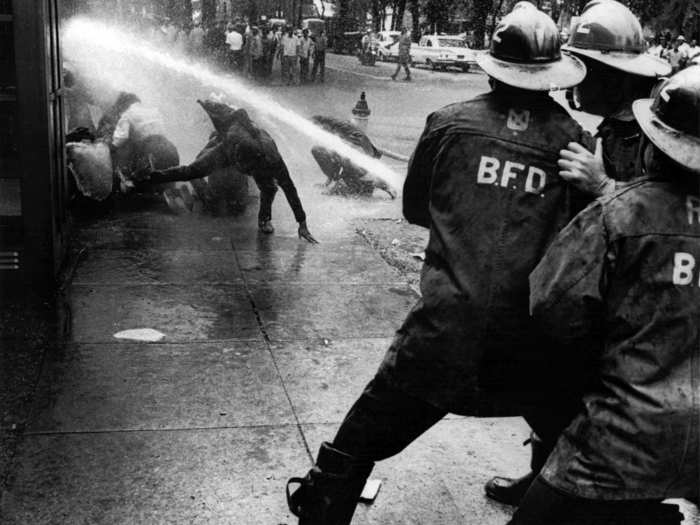
High-pressured water hoses and attack dogs were unleashed on the protesters in what is now referred to as The Birmingham Campaign.
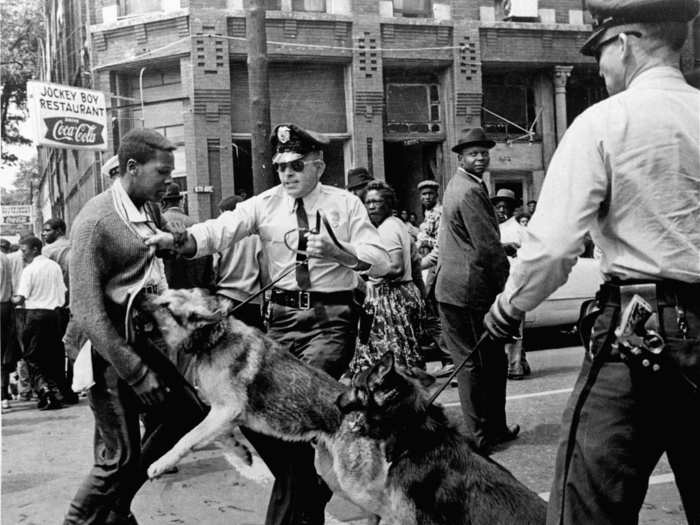
Following the Birmingham Campaign, President John F. Kennedy issued a civil rights speech in June 1963 that contained the origins of the Civil Rights Act. In it, he called for equal access to public areas for all people, regardless of race.
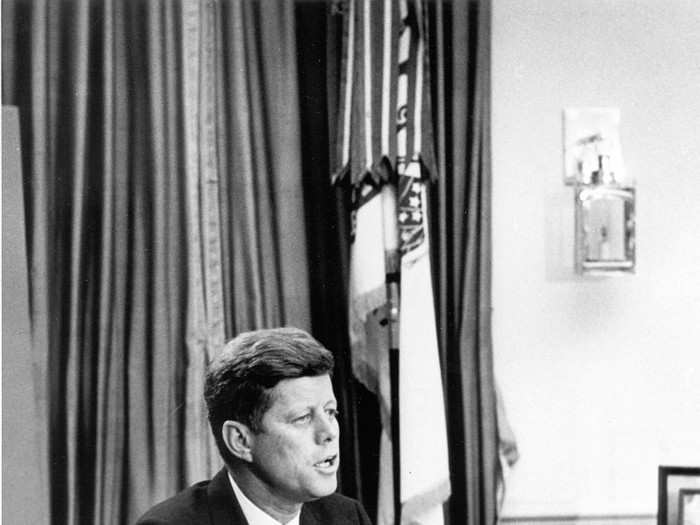
In August 1963, approximately 250,000 people took to the streets to participate in the March on Washington.
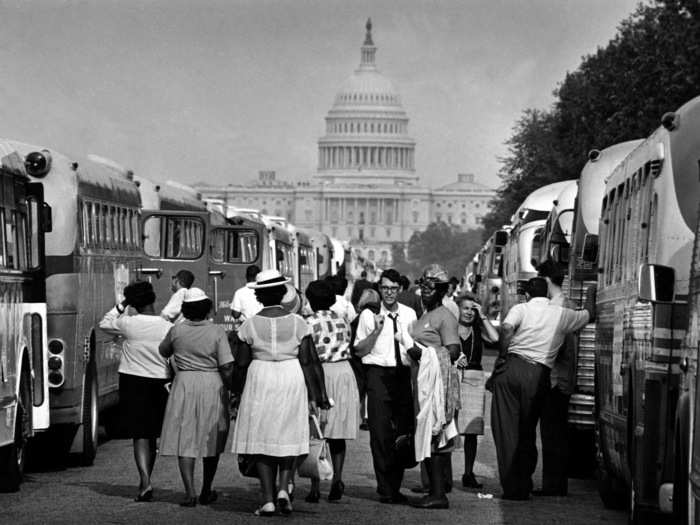
The march is one of the most celebrated acts of civic participation in pursuit of equal rights in the US. Below, Austin Brown, 9, of Gainesville, Georgia at the March on Washington 1963.
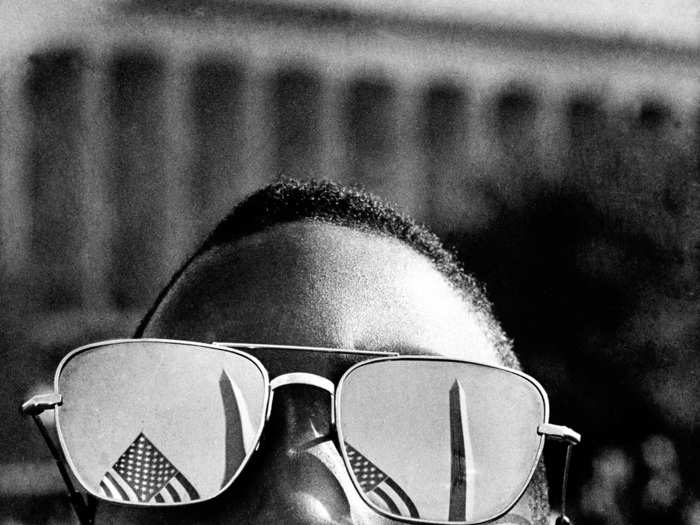
The march culminated on the National Mall, where Martin Luther King Jr. gave his famous "I have a Dream" speech.
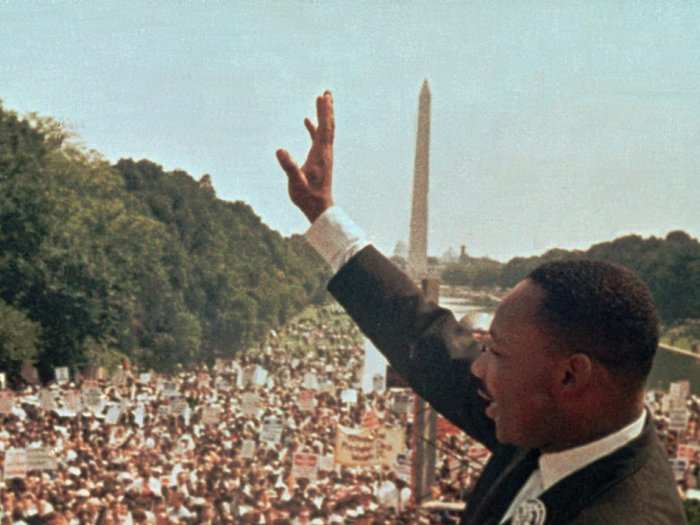
Three months later, in November, Kennedy was assassinated while on a political trip in Dallas. Following his death, the fate of the Civil Rights bill hung uncertainly.
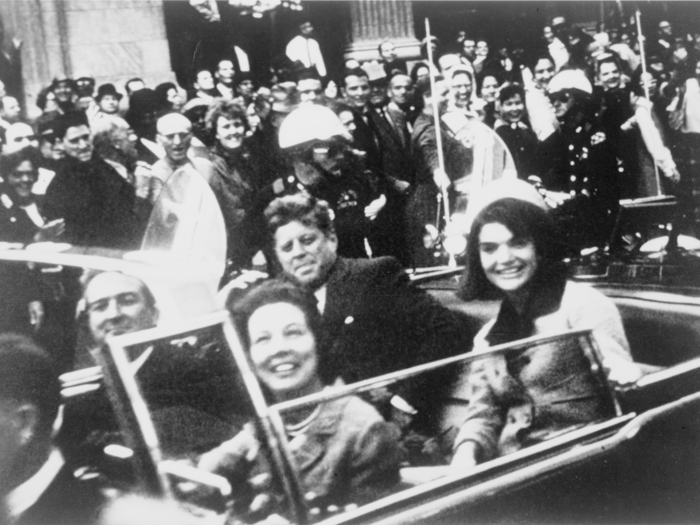
Lyndon. B. Johnson was sworn in as president aboard Air Force One two hours after Kennedy's assassination. He made the passage of the Civil Rights Act a top priority, later telling Congress, "No memorial oration or eulogy could more eloquently honor President Kennedy's memory than the earliest possible passage of the Civil Rights Bill for which he fought so long."
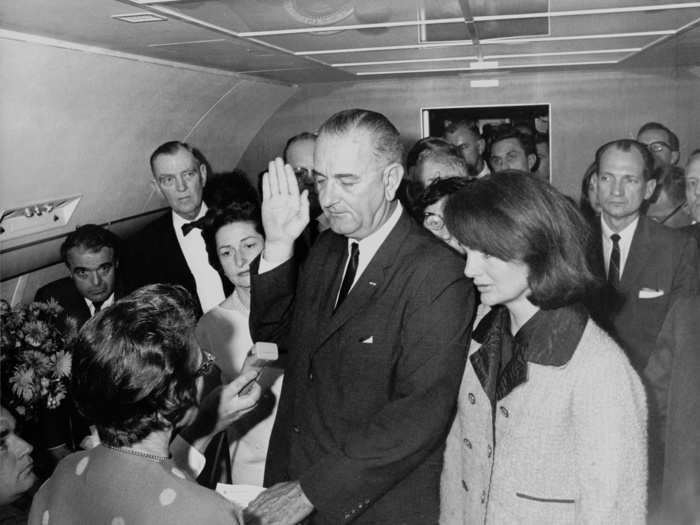
Johnson met with MLK and James Farmer, another civil rights activist, in the Oval Office in 1964.
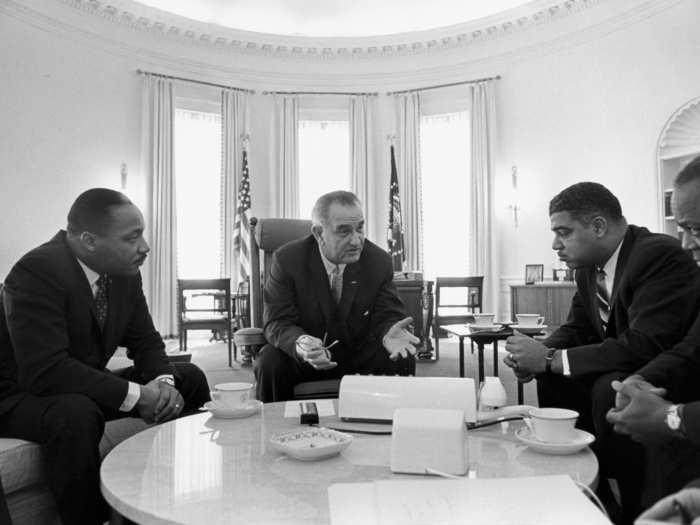
Some members of Congress vehemently opposed the passage of the bill. Strom Thurmond (below) gave the longest spoken filibuster in US history for an earlier version of the Civil Rights Bill. The filibuster was 24 hours and 18 minutes long. He also strongly opposed the 1964 version of the bill.
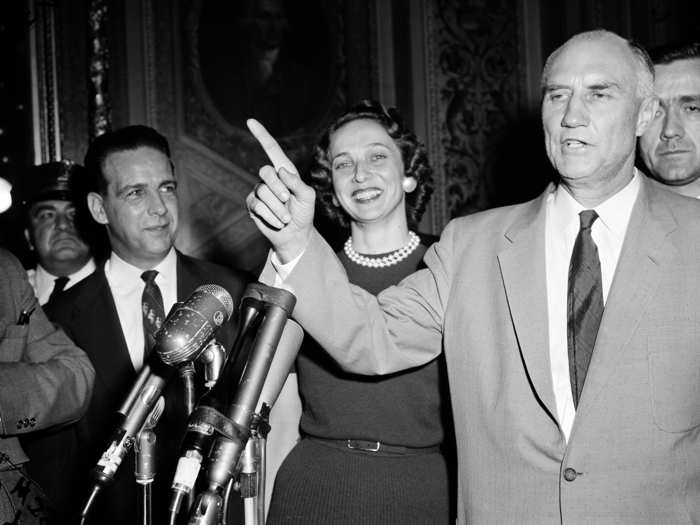
But the opposition lost out, and The Civil Rights Act was signed into law by President Johnson on July 2, 1964.
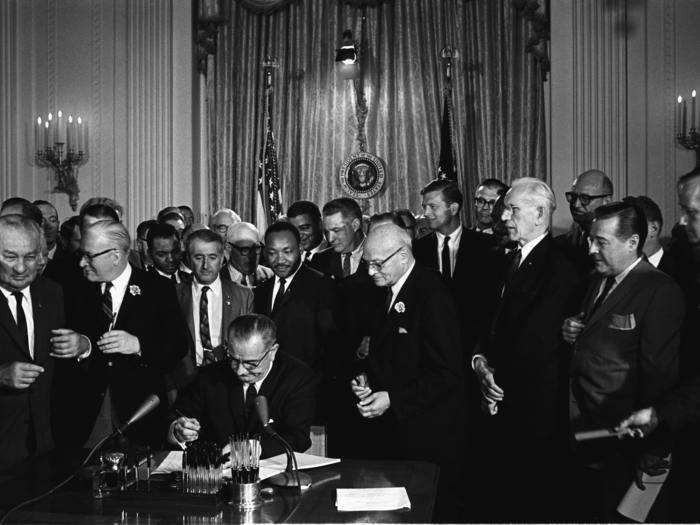
The law banned discrimination based on race, religion, gender, and nationality.
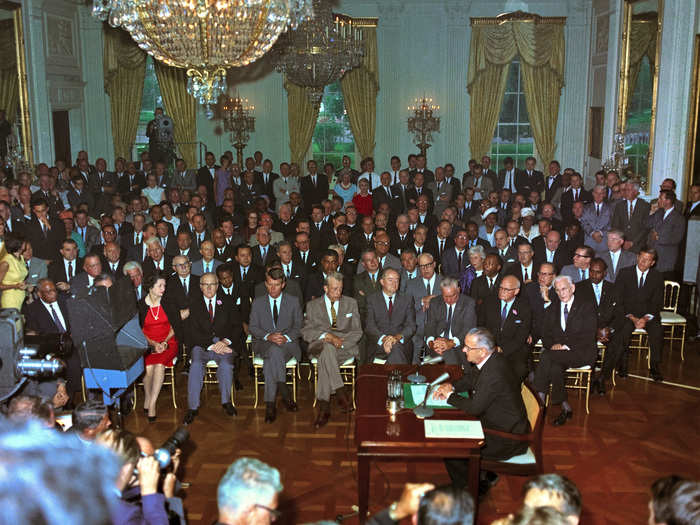
Passage of the law didn't immediately eradicate institutional racism and discrimination. Civil rights activists continued to fight state-sanctioned abuse through protests and marches. Below, state police attack protesters on their Selma to Montgomery march.
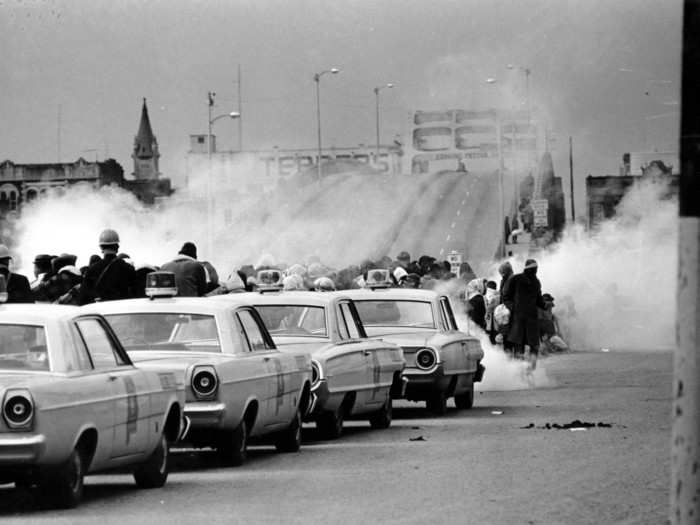
But it did set into motion the precedent for many other civil rights protections. For example, in 1965 President Johnson signed the Voting Rights Act, decreasing discrimination in voting.
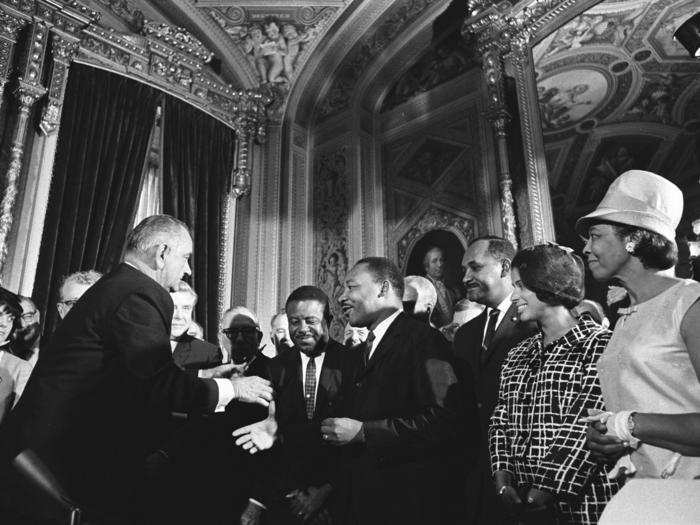
The Supreme Court largely gutted the Voting Rights Act in 2013, though.
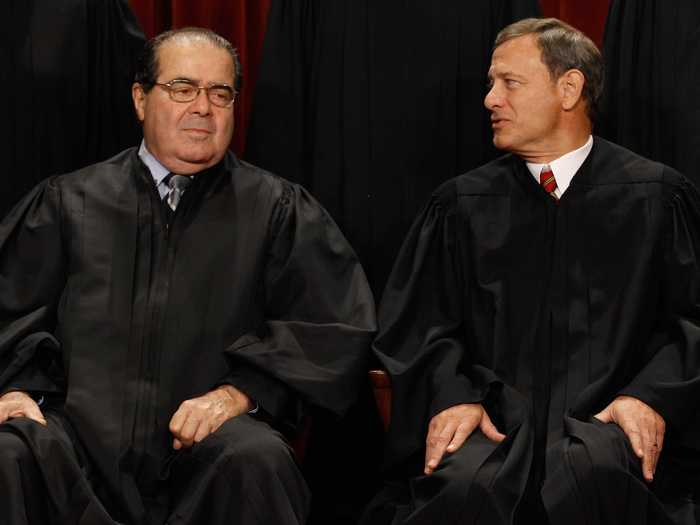
Advertisement